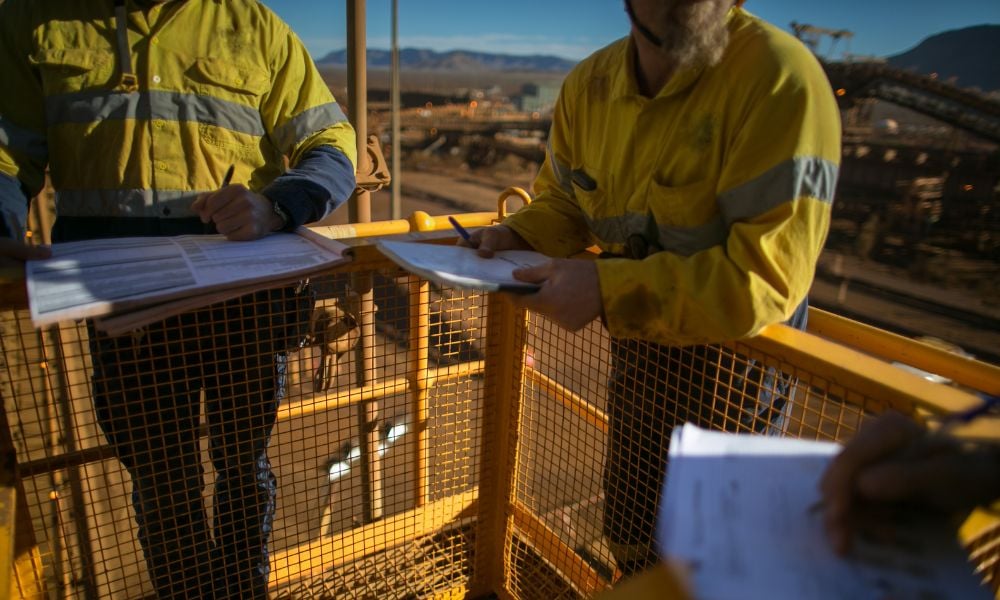How can organizations meet rising mental health needs?

With high cost related to mental health disabilities, high risk of recurrence related to mental health disabilities, the higher cost of mental health disabilities when compared with physical health disabilities, there is a need to take a system approach and a holistic approach to care when building workplace mental health and designing prevention and intervention strategies.
Mental health needs are on the rise and so are the costs related to absenteeism and presenteeism. Occupational stressors are also found to be significant contributors to mental health conditions.
Employee engagement, the extent of commitment to an organization and its values and work satisfaction, has been found to be related to work performance, work productivity, reduced staff turnover, and employee satisfaction.
Part of building a system approach to occupational health and safety involves building resiliency and mental health pathways at both the individual/worker and organizational levels.
Research has found that employee/work engagement and organizational engagement are separate constructs. Studies have found that organizational engagement has shown stronger predictive utility when it comes to measuring organizational outcomes such as organizational citizenship behaviour. The latter includes actions that benefit the organization, further healthy relationships and social connections and contribute to its overall healthy functioning.
Taken the above, it is beneficial to view employee engagement at the organizational level and part of the organizational construct and provide education and interventions for building organisational engagement.
Ways of Building Organizational Engagement
Psychological meaningfulness, safety, and availability are among the three psychological conditions (Khan, 1990) to help towards employee engagement. With the experience of trust in management, psychological safety is developed, in turn, furthering organizational engagement.
Building work resources (e.g., support; training; equipment; education) help towards balancing work demands and responsibilities.
Flexible work conditions where possible to further help with balancing work and personal life. It can also help in turn better managing fatigue and energy.
Focusing on professional worthiness such as each employee feels that their work is being valued and appreciated, and knows their work is effective and their input is being heard.
Providing constructive and helpful feedback to communicate appreciation for the work done. One needs to perceive opportunities for professional and personal growth as well as perceive the connection between one’s work and the purpose of the organization
Granting autonomy to allow making decisions and taking responsibilities can help increase intrinsic motivation and feeling more valued and respected.
Variety in one’s work duties, within a context of having role perceived as a good fit, allow to optimize interest and motivation.
Promoting self care and access to health resources, peer support, resiliency workshops, education on managing stress and anxiety and proactive coping
Empathy in the workplace where there are active listening skills, there is an interest in the goals of employees, any signs of excessive workload leading to burnout are addressed and actioned, and compassion to personal stressors are expressed.
Ensuring work roles are perceived as being meaningful, related to the interest and training of the employee, and relevant to the organization’s goals, priorities, and purpose.
The relationship with immediate supervisor has been found to be strongly associated with well-being in the workplace and help towards return-to-work initiatives. Healthy positive and supportive relationships with colleagues and with the supervisor help to reduce workplace stigma; enhance help seeking or asking for help when needed; making simple talks such as “how are you doing?” easier, normal and pleasant; and facilitate return to work following a period of disability. Optimizing our support system, strengths and resources are part of building resiliency. Genuine care and support at work and a sense of camaraderie can translate into strong protective factors in the workplace.
Finding one’s organization supportive and friendly and wishing to recommend it to others or feeling proud being part of the organization are signs of strong positive organizational culture.
In summary, here is sharing a quote:
“I’ve learned that every day you should reach out and touch someone. People love a warm hug, or just a friendly pat on the back. I’ve learned that I still have a lot to learn. I’ve learned that people will forget what you said, people will forget what you did, but people will never forget how you made them feel.” By Maya Angelou





